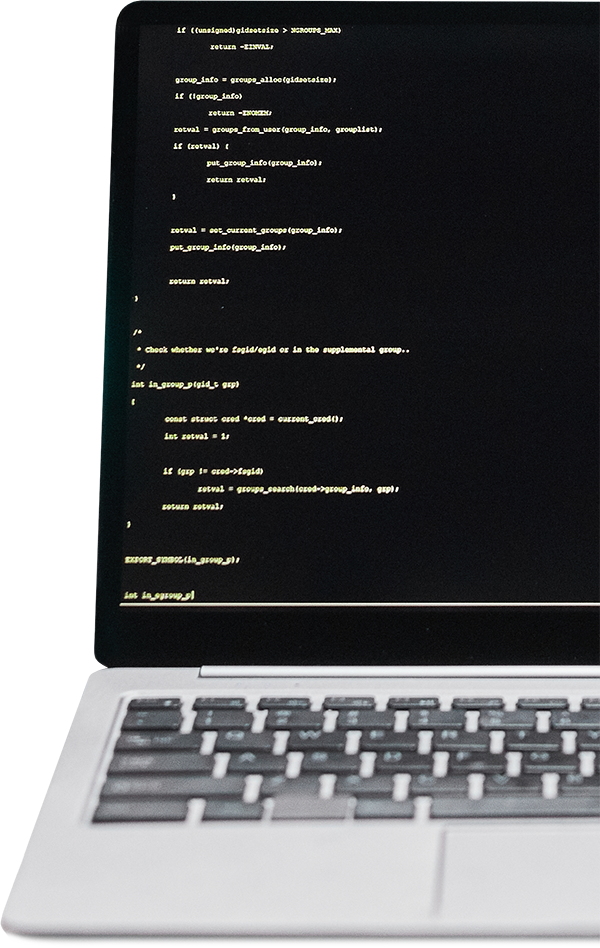What Is Operational Security?
Operational Security—or OpSec—is the practice of protecting sensitive processes, behaviors, and physical systems from being exploited by adversaries. In industrial and critical infrastructure environments, this means safeguarding:
How staff access and interact with OT systems
What procedural gaps or habits could expose vulnerabilities
How physical and digital access is provisioned, monitored, and revoked
What tools, devices, and workflows introduce unintended risk
InfraShield applies a cyber-physical lens to operational risk—protecting the real-world workflows that adversaries can use to breach, persist, or evade your defenses.
We tailor our OpSec services to your industry, facility type, regulatory environment, and workforce structure. Our programs are especially suited to OT/ICS environments, including nuclear, energy, transportation, water, and healthcare sectors.
Governance & Strategy (Tier 1):
- Cyber risk posture assessments and maturity modeling (aligned to NIST CSF, ISA/ IEC 62443, or custom frameworks)
- Board and leadership-level reporting structure for cyber risk transparency
- Development and revision of cybersecurity policy, program charters, and strategic planning artifacts
- Mapping of organizational objectives to technical and procedural controls
Mission & Business Process Integration (Tier 2):
- Control family implementation across OT/ ICS environments
- Capital planning guidance to embed cybersecurity in lifecycle procurement and upgrades
- Process alignment for access control, change management, and supply chain risk
- Support for Corrective Action Programs (CAP), issue tracking, and documentation workflows
System-Level Controls & Assessments (Tier 3):
- Technical control audits, CDA assessments, and configuration reviews
- Artifact and implementation traceability (e.g., linking CSP/ NEI 08-09 to plant procedures)
- Integration with monitoring tools (e.g., SIEM, NIDS, vTraq™) for operational feedback loops
- System walkdowns and evidence collection for inspection or audit readiness


